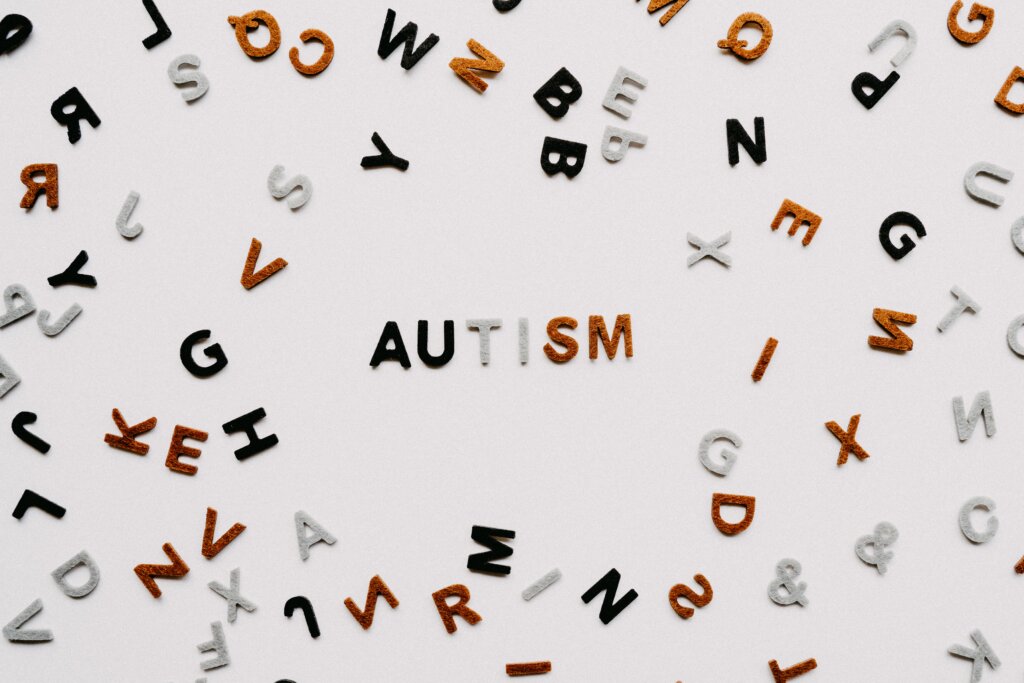Autism and its Common Misconceptions

Most of us have heard of Autism. We may have seen it portrayed in the media, some of us may have a coworker with it or maybe even a classmate … but what is Autism, really?
Autism spectrum disorder (ASD) is a neurological and developmental disorder that can affect how people interact with others, communicate, learn, and behave (National Institute of Mental Health, 2023). The most important takeaway from this definition is that Autism is a spectrum disorder, meaning it will affect each individual differently.
Now that we have some background information about what Autism is, let’s discuss some common misconceptions.
Misconception #1: Autism is a menacing illness.
Oftentimes you’ll hear of instances where someone may confide in a friend a share that their child was recently diagnosed with Autism. The response is typically “I’m so sorry”. But why? My guess would be that people often think of Autism as a “death sentence”. Here are some examples of how Autism is often depicted.
Let’s Discuss
The above videos “I Am Autism” and “A Look At Autism Everyday” give Autism a negative connotation. In the video “I Am Autism” Autism is portayed as a menacing monster that is capable of taking away hopes and dreams of its “victims”. In the video “A Look At Autism Everyday” the news reporter explains his nephew’s Autism as an issue that affects his family and “something that is incredibly scary”. Autism is not an issue, it is not a menacing monster or something scary. In fact, an article written by Anderson & Butt (2017) discusses the successes young adults with Autism can achieve in college along with the obstacles they may face along their journey. The article concludes that “Many young adults with ASD are cognitively able, even gifted, and can succeed at college with adequate preparation and support. It is important that high schools, families, and institutions of higher education collaborate to maximize the likelihood of success for these students” (Anderson & Butt, 2017). Autism does not equate to inadequacy.
Misconception #2: All people with Autism are the same.
It is commonly thought that individuals with Autism all present in the same manner. Oftentimes people associate Autism with an inability to communicate verbally, an inability to mantain eye contact and social awkwardness. While some, if not all of these traits may be true for someone on the spectrum, every person you encounter on the spectrum will not meet all of these criteria.
Let’s Discuss
The video compares a child with Autism to a child without Autism. The narrator makes points like someone with Autism will have a difficult time maintaining eye contact, casual conversation and might have a difficult time in public settings. While this may be true, it is important to remember that Autism is a spectrum and affects each individual differently. There are plenty of individuals who have Autism who are able to maintain a standard conversation. It is important to note that although this video does make valid points regarding Autism it must be acknowledged that Autism is not a diagnosis with a cookie cutter presentation.
John et al. (2018) writes an interesting article that aims to shine light on the misconceptions of Autism. The authors state that “Identifying myths and views about Autism will help with the development of educational based interventions to improve lay understandings of Autism” (John et al., 2018).
Main Takeaways:

- Autism is a spectrum disorder – Each person presents differently. It is not a cookie cutter presentation.
- Individuals with Autism are capable of achieving success though their journey might look a little different than ours.
- Most of the things we think we know about Autism are really just misconceptions. Autistic individuals are just like you and I experiencing the world in a different way.
References
John, R. P., Knott, F. J., & Harvey, K. N. (2018). Myths about autism: An exploratory study using focus groups. Autism, 22(7), 845-854.http://dx.doi.org/10.1177/1362361317714990
Anderson, C., & Butt, C. (2017). Young Adults on the Autism Spectrum at College: Successes and Stumbling Blocks. Journal of Autism & Developmental Disorders, 47(10), 3029–3039. https://doi-org.ezproxy.neit.edu/10.1007/s10803-017-3218-x
National Institute of Mental Health. (2023, February). Autism Spectrum Disorder. https://www.nimh.nih.gov/health/topics/autism-spectrum-disorders-asd
YouTube. (2016). I Am Autism. YouTube. Retrieved May 1, 2023, from https://www.youtube.com/watch?v=9UgLnWJFGHQ.
A Look At Autism Everyday. (2013). YouTube. Retrieved May 1, 2023, from https://youtu.be/j_VOF_FNxRQ.
YouTube. (2021). 5 Signs You DO NOT Have Autism. YouTube. Retrieved May 1, 2023, from https://www.youtube.com/watch?v=FrsDDZycjfY.
